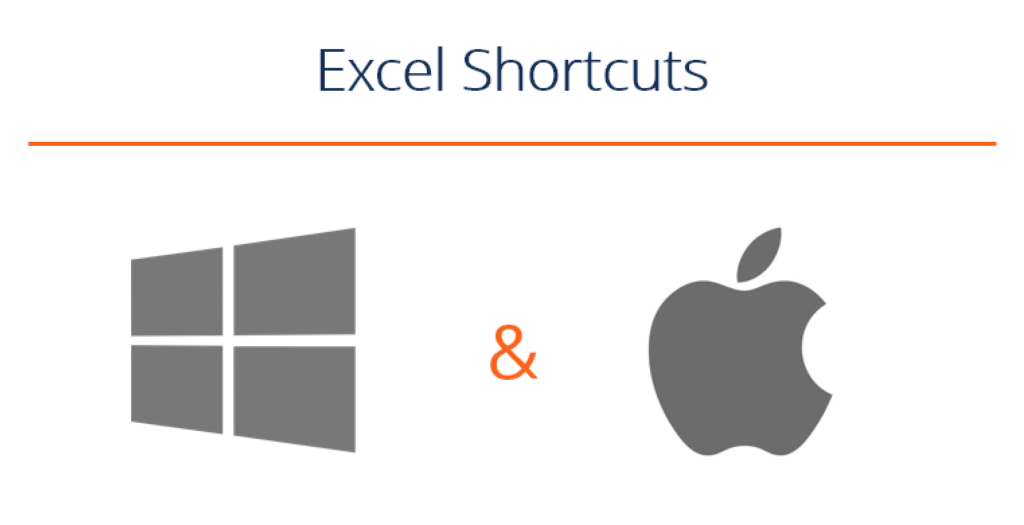


#Excel for mac charts series#
Only the error bars for the selected data series are modified. Use the controls in the Bar Style and Shadow sections of the sidebar to make changes. To change the look of the error bars, click an error bar so you see white dots at either end.Īll error bars for that data series are selected. You can add them to 2D line charts, area charts, bar and column charts, stacked bar and column charts, bubble charts, and scatter charts.Ĭlick the chart, then in the Format sidebar, click the Series tab.Ĭlick the disclosure arrow next to Error Bars, then click the pop-up menu and choose a type of error bar.įor scatter and bubble charts, click a pop-up menu below X Axis Error Bars or Y Axis Error Bars, then choose a type of error bar.Ĭlick the second pop-up menu, choose how error values are calculated (for example, as fixed values or percentages), and change the range of variability you want to display. They’re represented as small marks whose length indicates the amount of uncertainty associated with a given data series (the data’s variability). To remove a reference line, click the line to select it, then press Delete on your keyboard.Įrror bars give you a general impression of your data’s accuracy. To change the settings for a reference line, click the line, then use the controls in the Reference Line tab in the sidebar on the right. To show what the reference line represents, select the Show Name and Show Value checkboxes. Maximum: A line that runs through the highest value of the dataĬustom: A line that runs through the value you specify Minimum: A line that runs through the lowest value of the data Median: A line that runs through the middle value of the data In the Format sidebar, click the Axis tab, then click the Value button near the top of the sidebar.Ĭlick the disclosure arrow next to Reference Lines, then choose any of the following types of reference lines from the pop-up menu:Īverage: A line that runs through the mean value of the data

A chart can have up to five reference lines. Reference lines make the chart easier to comprehend at a glance and can help you compare the values in the chart to a benchmark value.Īll chart types can have reference lines except stacked charts, 2-axis charts, 3D charts, pie charts, donut charts, and radar charts. You can add reference lines to a chart to mark the average, median, minimum, and maximum values in the chart or another value that you specify. Show tick marks: Click the Tick Marks pop-up menu, then choose a location.Įxtend radial lines (for radar charts): Select Extend Radial Lines. Set the number of major gridlines: In the Axis Scale section, click the arrows to the right of the Major field, or type a value in it. Set the line color: In either the Major Gridlines section or the Minor Guidelines section, click the color well or color wheel, then choose a color. If you’re working with a radar chart, you can also click the pop-up menu below Radial Lines (in the Category tab) and choose a line type. Set the line type: Click the disclosure arrow next to Major Gridlines or Minor Gridlines (in the Value tab), or Gridlines (in the Category tab), then click the pop-up menu and choose a line type. In the Format sidebar, click the Axis tab, then choose Value (Y) or Category (X) for the axis you want to modify. You can specify whether to show chart gridlines and modify their look.


 0 kommentar(er)
0 kommentar(er)
